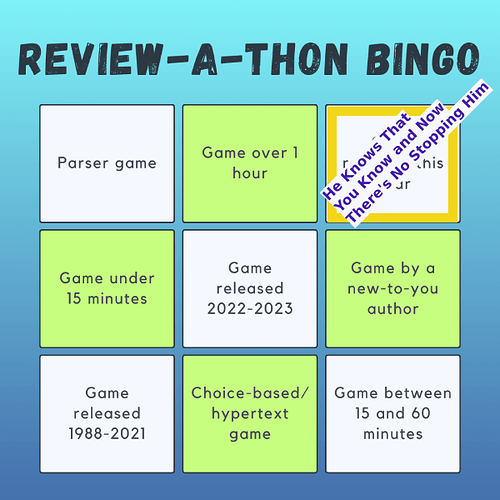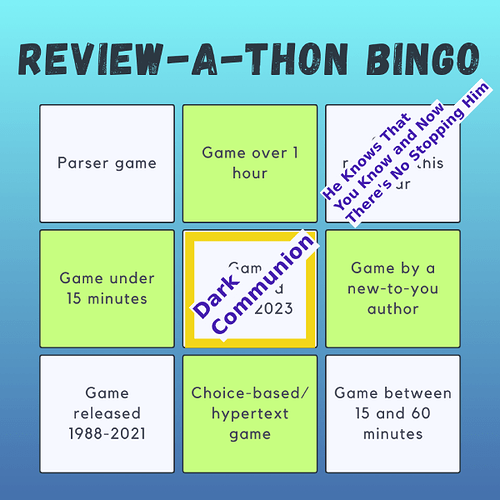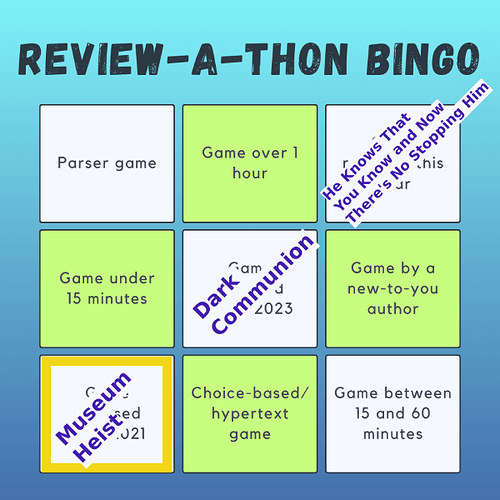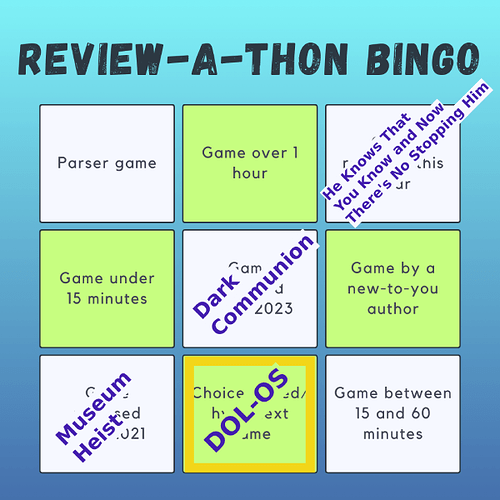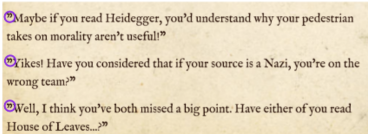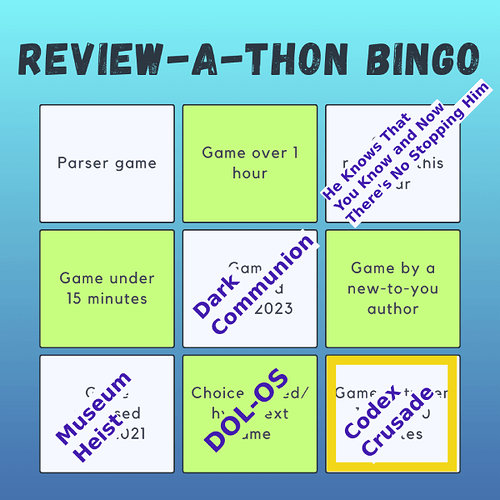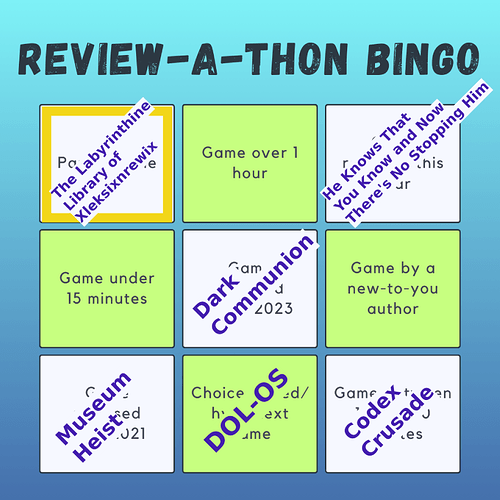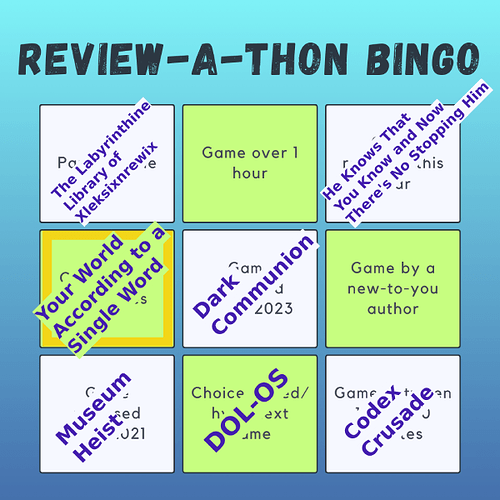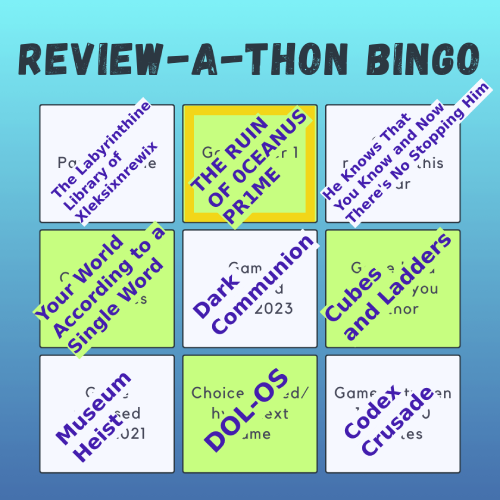THE RUIN OF 0CEANUS PR1ME by Marco Innocenti
Playtime: (for reasons of dramatic tension, playtime at the bottom of this review)
Note: This game is a sequel to A1RLOCK, and playing A1RLOCK first is recommended. I, err, didn’t do that. But in a gesture toward preparing, I did read some spoilery reviews for A1RLOCK, so there’s that. And actually with one exception I thought it played great as a stand-alone.
An important preliminary–if I’m going to play a game set in some kind of deep sea environment (my hazy understanding is that we are ON ANOTHER PLANET, but it’s a very deep sea kind of planet), I want to know: will I encounter one or more underwater apex predators with an unsettling number of teeth? I am pleased to report that YES, multi-dentate deep sea denizens do appear in this game! (A less important question, albeit one that went unanswered: why is the title of the game styled with numerals but the characters spell it “Oceanus Prime” in-game  ?)
?)
OK, to business. This is a delightfully adrenaline filled, pacey, chock-full-of-action ride, probably the closest I’ve come to feeling like I was the protagonist in a Michael Crichton book.
The prose is well-written and very effective in clearly conveying action and tension. The PC has suitable action chops, but also gets a lot of good backstory and characterization, and has a gallows-humor sensibility it’s fun to spend time with:
The game is very good at creating a pressure cooker atmosphere, while also being relatively forgiving and playable. There’s some reference to oxygen levels as an in-game timer, but they seem to only decrease as you pass plot-points, so it’s not painful to need a lot of exploration. And a lot of conversations occur on their own between the PC and people on the radio (in general the game isn’t timed, so you can just ‘z’ through to read the converation. You can also keep taking actions on your “turn” although then the conversation gets interwoven with the action responses in a way that can be mildly confusing.)
The puzzles were quite good. I did resort to the walkthrough at one point (not un-typically for me I had, errr, missed a room), and I’m always glad to see when there is a walkthrough.
The game is also pretty friendly in prompting saves at key points. If I had one accessibility note it would be that some of the directional relationships between rooms are not symmetric (i.e., you go “NE” to go from room A into room B, but then you go “S” to return to room A from room B) which threw me off at a few points.
I’ve been emphasizing the action and thriller aspects, but that’s not at all to suggest that the plot is unsophisticated or underdeveloped. There’s a really delicious unspooling of important facts about the player, the backstory, and the scenario you find yourself in. (For example, early on I developed the mild belief that my coworker on the radio was kind of an asshole, and boy was that developed more and paid off later.) There’s also a great reveal at the three-quarters point or so that the PC has been on a cocktail of mind-altering drugs the whole time that puts a lot of things in a different light.
I had a great time. It’s a fantastically well put together game and I hope people check it out. Really my only quibble, which isn’t that big, is with the ending. (spoilers for the entire ending) The ending felt like it left some thematic payoffs on the table. The game has gone to all of this effort to develop the PC’s family life, child-related trauma, and history with his employers. I felt like this was setting up a climactic decision—am I going to get the job done because Carliss and the kids need the money, or does my child-related trauma make me sympathetic to the experiments? Am I going to be loyal to my buddies and coworkers, who have apparently had my back through some pretty rough circumstances, even if it requires me to grit my teeth and avert my eyes, morally? Or am I going to throw in with the psychic inhuman (?) experiments and thwart the retrieval mission?
But the player actually isn’t called upon to make any of those choices, because it turns out the psychic inhuman (?) experiments are Unambiguously Evil (I was a bit surprised at how evil they were, once I met them—prior to that I think telling someone to get off your creepy station and leave you alone is pretty understandable) and the station is a deathtrap, so the choice is just between surviving and dying in diverse ways. For most people, choosing “survive” is overdetermined.
OK, zooming back up to the bingo-card level and that pesky "game over 1 hour” square.
.
.
.
Playtime: 1 hour 28 minutes



This was probably my fourth contender, but I got there in the end. Which is lucky for everyone else, because y’all are NOT prepared for the “sad tuna” graphic I prepared in case I couldn’t complete it. But instead we have:
I may have a few more reviews that didn’t fit anywhere after a break, but it probably won’t be very many. This was a lot of fun, though, and thanks again to the organizers!

